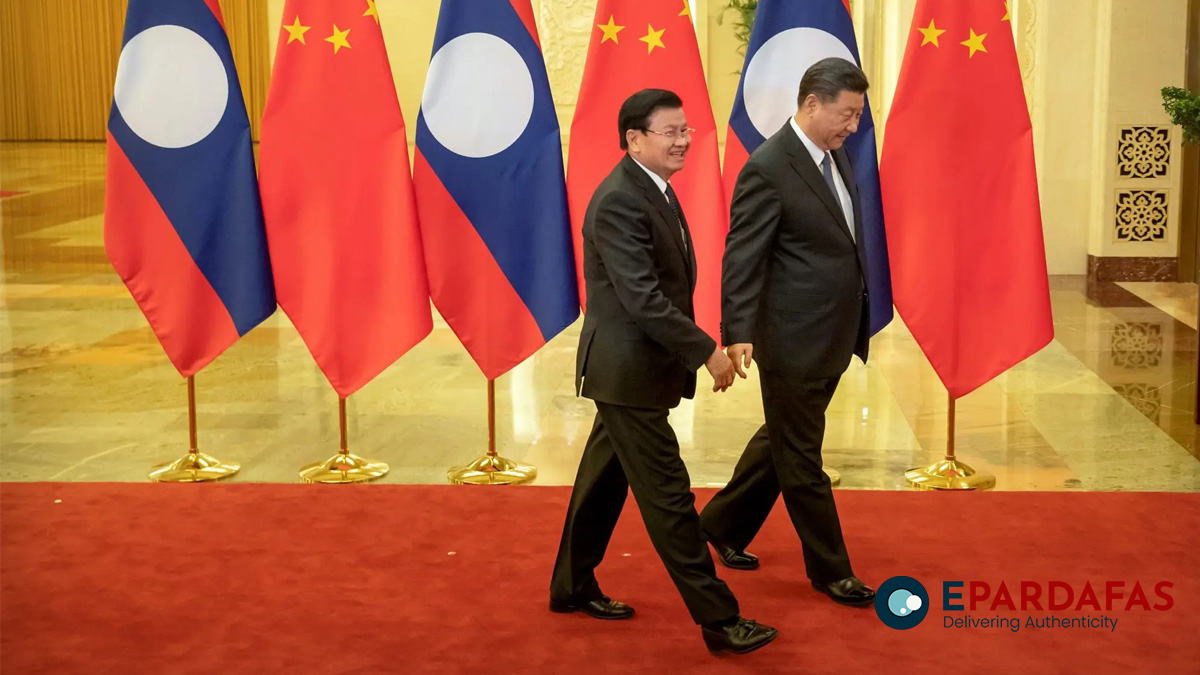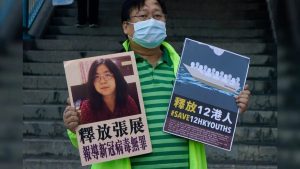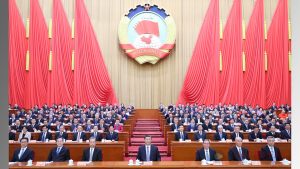
Laos Navigates Economic Peril Amid Rising Debt and China’s Influence
Vientiane, Laos – October 30, 2023: Laos, a Southeast Asian nation nestled between Thailand and Vietnam, is grappling with an escalating debt crisis that threatens its economic stability. The primary contributor to this precarious situation is its significant indebtedness to China, raising concerns about the country’s ability to manage its obligations and maintain financial equilibrium.
The financial entanglement began in late 2013 when China emerged as Laos’ largest foreign investor. The subsequent years witnessed a surge in Chinese influence, particularly through infrastructure projects funded under China’s Belt and Road Initiative (BRI). Laos borrowed substantial sums from the administration of President Xi Jinping to finance critical projects, including railways, highways, and hydroelectric dams. However, this borrowing spree has catapulted Laos’ public debt to over 100% of its GDP.
The International Monetary Fund (IMF) estimates that Laos’ public debt is set to reach 122% of its GDP in the current year. The majority of this debt is attributed to deals struck under the BRI, positioning China as Laos’ most significant creditor. The funding influx has facilitated the completion of essential infrastructure but has also depleted Laos’ foreign reserves.
Compounding the economic challenges, Laos faces soaring inflation and a currency crisis. The Laotian kip has experienced significant depreciation against the U.S. dollar, triggering concerns about the overall stability of the nation’s economy.
The Laotian government has implemented various measures in response, including interest rate increases, bond issuances, and collaboration with the Asian Development Bank on debt management practices. However, these efforts may provide only short-term relief without a definitive debt reduction agreement with China, analysts caution.
Toshiro Nishizawa, a professor at The University of Tokyo specializing in economic policy, suggests that Laos should negotiate an upfront debt treatment with China. This could involve debt reduction in net present value terms, extended repayment periods, reduced interest rates, or even innovative approaches like debt-for-climate swaps, linking debt relief to environmental commitments.
While China granted Laos temporary debt relief from 2020 to 2022, providing some respite, the generosity has its limits. Mariza Cooray, a research fellow and senior economist at the Lowy Institute’s Indo-Pacific Development Centre, emphasizes the need for China to do more for Laos promptly.
Laos’ economic challenges hold significance for China, not only due to its economic interests but also in the context of geopolitics. Strong China-Laos relations bolster Beijing’s influence in Southeast Asia, countering Washington’s growing presence in the Indo-Pacific region. Additionally, shared socialist ties between China and Laos further strengthen their diplomatic connection.
There are concerns about a potential “debt trap,” where China could seize valuable infrastructure assets in Laos if it defaults on payments. However, experts argue that such fears are overblown, pointing out that Chinese banks often seek tailored solutions rather than resorting to asset seizure.
As Laos grapples with economic turmoil, diversifying its foreign investments becomes imperative. Achieving this diversification is challenging without a comprehensive debt restructuring deal. Pedro Martins, a senior economist at the World Bank’s Laos office, underscores the importance of successful debt renegotiations with all creditors, not just China.
In the midst of these challenges, Laos has available options to stabilize its economy. These include tax reforms, improved tax collection, financial management reforms, and strict controls on repayment from state-owned enterprises. Harumi Taguchi, a principal economist at S&P Global Market Intelligence, emphasizes the need for expenditure efficiency, financial sector strengthening, and efforts to enhance the business environment.
The outcome of Laos’ ongoing negotiations, both with China and other creditors, will play a pivotal role in determining the nation’s economic trajectory. As Laos navigates these financial waters, the international community watches closely, recognizing the broader implications of this Southeast Asian nation’s economic health.
















Comments